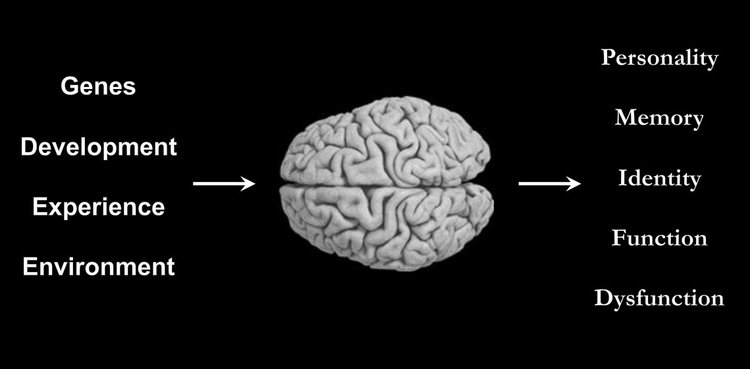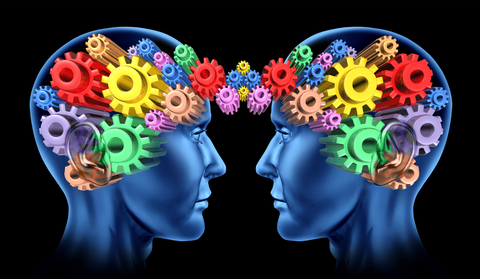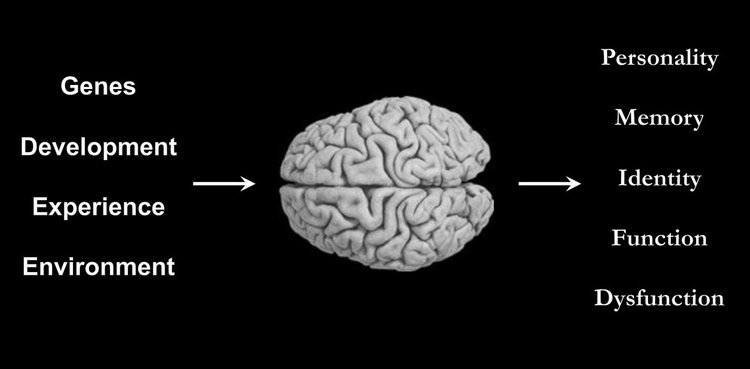5 Myths About Learning – How Students Learn and Develop

Sam Wang, an associate professor at the Department of Molecular Biology and the Princeton Neuroscience Institute. He gives us some insight into how the human brain develops and changes over time, helping us to understand how students learn and develop. Laura Devaney writes for eSchoolNews, September 19, 2012.
Myth 1: ADHD isn’t real, or conversely is permanent.
The human brain is always growing and changing. As a child grows, their brain develops systems for processing information. The brain develops from back to front, generating emotions and core functions like paying attention and self-restraint. The prefrontal cortex develops last, reaching full maturity when a person reaches his or her 20s or 30s. A student with ADHD has a slower growth in this area of the brain. Half of these children do catch up eventually.
Myth 2: “Redshirting” kindergarteners is, on average, good for child’s mental development.
One out of 11 kindergarten-age children are held back in an attempt to give them an advantage in the classroom over other children.

“As it turns out, this practice is not helpful for child achievement. … Any advantages disappear by the end of sixth grade,” Wang said. In fact, children who are older for their grade level don’t do quite as well as children who are young for their grade level.
Children are social learners, Wang said, and they learn from one another and learn through play. If a child’s peers are slightly more advanced scholastically or emotionally, a child has those peers to learn from and to use as examples. Children who are young for their school year typically have more advanced peers to draw upon and learn from.
Myth 3: IQ is the biggest predictor of student achievement.
In fact, the ability to show self-restraint at an early age is twice as predictive as IQ, Wang said. Willpower and self-restraint are more important.
Imaginative play works on self-control. Playing roles within an environment require children to plan for the future. At this age, self-control is more important than IQ. “It’s more important to build up self-control, and it’s more important to praise a child for trying,” Wang said. “Praise for effort, not for intrinsic ability.”
Myth 4: Learning styles are a good way to guide teaching practice.
The brain’s willpower mechanisms are expanded by practice—what brains do often, they do well, Wang said. This includes activities such as brushing your teeth with your non-dominant hand to build up brain circuitry.
Students can build up a brain circuit by activating it and doing that specific activity often. The brain improves with practice.
Myth 5: Autism is on the rise and is strongly affected by environmental influence.
Researchers believe that autism itself is not increasing in rapid numbers, but diagnoses are, owing to better methods of diagnosing autism. Much of autism is more and more being linked to genetics, Wang said.
“The recognized rate of autism is going up, but in fact, it is quite possible that the characteristics of children have not changed in the last 20 years,” Wang said, referring to the belief that autism rates are not rising so much as doctors’ ability to diagnose autism is improving.
“Autism is a really interesting example about there being an interplay between genes and environment,” Wang said. “It may be a case of bad input to the developing cerebral cortex—the front part of the brain.”

